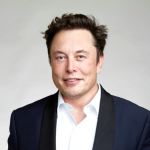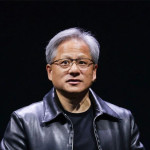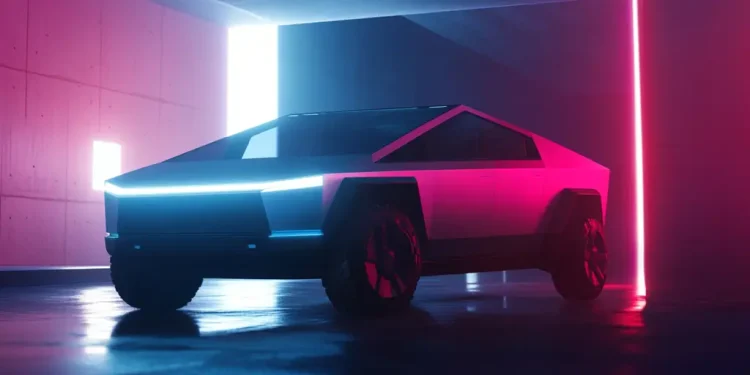Elon Musk, the visionary behind Tesla, has once again set the tech world abuzz with the unveiling of the company’s latest project: the Cybercab. Yet, true to form, Musk has kept enthusiasts and investors on their toes by providing an elusive production timeline for this futuristic vehicle.
What is the Cybercab?
The Cybercab is Tesla’s ambitious foray into the world of autonomous transportation. This sleek vehicle blends cutting-edge technology with environmental consciousness, promising a future where passengers simply sit back and enjoy the ride without the need for a driver. Designed for urban environments, the Cybercab is expected to offer a unique blend of comfort, efficiency, and sustainability.
A Closer Look at the Features
The Cybercab is packed with features that echo the progressive spirit of Tesla. The vehicle is expected to be equipped with the latest in autonomous driving technology, potentially allowing it to navigate complex city streets with ease. Tesla’s renowned electric powertrain will likely ensure that the Cybercab is both eco-friendly and cost-effective in terms of energy use. Passengers can anticipate a spacious, minimalistic interior complete with connectivity features that enable seamless communication and entertainment during their journey.
The Talk of Promises and Timelines
While the excitement around the Cybercab is palpable, Elon Musk has once again provided only a vague timeline regarding its production. This approach is somewhat characteristic of Musk, as he often prefers to inspire with visionary ideas first and tackle the finer details as the project progresses. While some fans appreciate this audacious style, others become concerned about the practicality of bringing these projects to fruition in a timely manner.
Market Implications and Expectations
The announcement of the Cybercab has piqued the interest of both investors and consumers, sparking discussions about what this could mean for the future of urban mobility. On one hand, urban planners see the potential in reducing traffic congestion and emissions with a fleet of autonomous, electric cabs. On the other, there are questions about how soon this vision can become a reality and whether it can live up to the expectations set by Musk.
Additionally, the Cybercab might influence the ride-hailing industry by introducing a new level of convenience and sustainability. Services like Uber and Lyft might have to adapt quickly to keep up with Tesla’s advances. However, the timeline ambiguity leaves room for speculation and planning regarding such transitions.
A Vision for the Future
While the world eagerly awaits more concrete updates on the Cybercab’s production timeline, it’s clear that Elon Musk’s vision extends far into a future where autonomous vehicles are a norm rather than an exception. This vision incorporates not only the technological advances represented by the Cybercab but also the promise of a cleaner, more efficient urban environment. For now, observers can only speculate on how soon this vision will materialize, keeping a watchful eye on Musk and his team’s next moves.
As with many of Tesla’s projects, the Cybercab embodies a promise of innovation that excites millions around the globe. Whether this innovation reaches us sooner or later, the buzz it creates certainly keeps Tesla at the forefront of both technological and public imagination.










